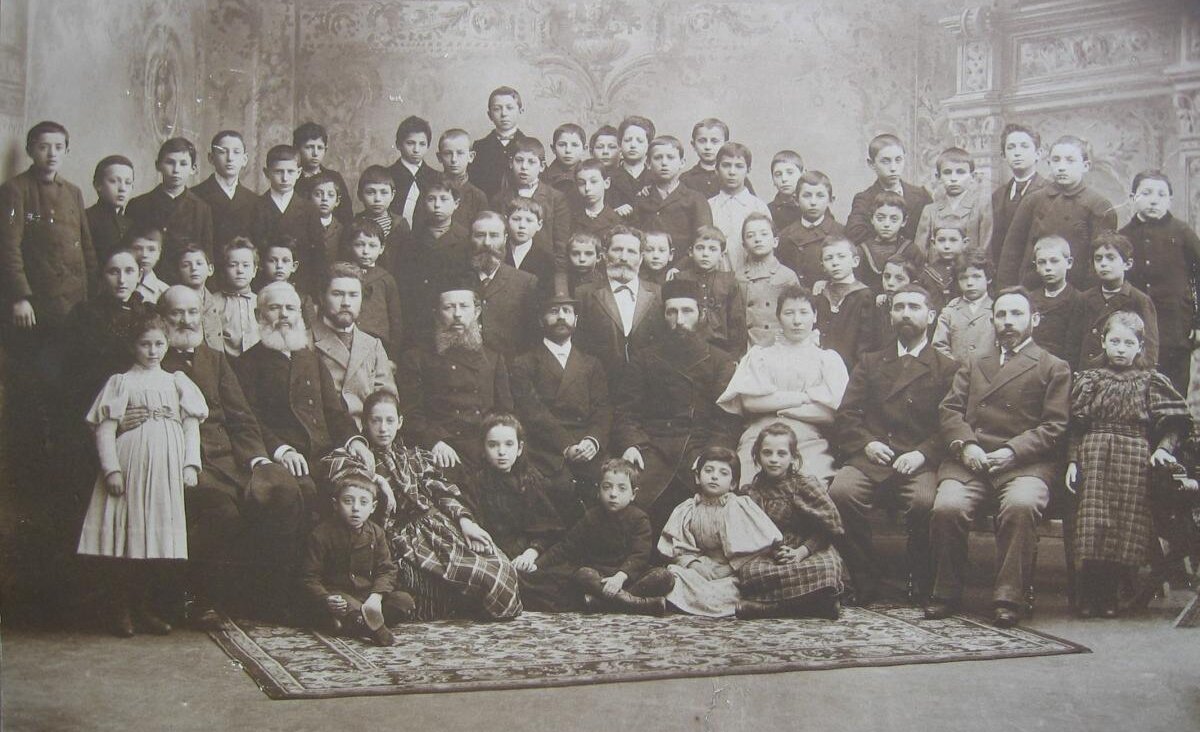Yiddish on the Psychoanalyst’s Couch: USA vs. France

In the English-speaking world, psychoanalyzing Yiddish, and the way it is spoken, is often done with a dollop of humor, as in “Born To Kvetch: Yiddish Language and Culture in All Its Moods” by Michael Wex, appreciatively reviewed by the Forward. French Jews, on the other hand tend to approach the subject comparatively soberly, as strict Freudians.
Max Kohn, a French psychoanalyst born in 1951, has authored key texts about Yiddishkeit and psychoanalysis, such as “Freud and Yiddish: The Pre-Analytical (1877 – 1897),” (“Freud et le yiddish: le préanalytique,” Economica Publishers, 2005). As an interviewer for SBS Radio Yiddish, Melbourne, he has chatted up a panoply of notables, including the Forward’s Itzik Gottesman.
Another writer who expresses a twinned fascination for Yiddish and psychoanalysis is the French Jewish psychiatrist Robert Samacher, born in 1940, who has just published with Éditions Hermann in Paris a strongly autobiographical work, “On the Death Impulse: Creation and Destruction at Humanity’s Core” (“Sur la pulsion de mort: Création et destruction au coeur de l’humain”). Unlike somewhat younger colleagues, Samacher is able to address specific historical incidents as they apply to his personal experience of the “mamaloshen.”
Born only five months before the German invasion of France, Samacher went into hiding with his family to survive, but his father, a skilled Polish-born tailor whose original name was Szabmacher, was arrested in 1941 and deported to Auschwitz. There, the elder Samacher survived by sewing brassieres for the wives of SS officers, among other menial tasks. Samacher’s mother, also born in Poland, spoke fluent Yiddish, but the language acquired the pain of a clandestine existence and potential disaster for the young Samacher, who likens his experience growing up to that of Philippe Grimbert, another French Jewish psychiatrist whose “Memory: A Novel” (“Un secret”) was filmed in 2007.
For such children, Yiddish was “insidiously presented as a pariah’s language, spoken by exiles destined to be wiped off the face of the earth.” Samacher was further daunted at age five, when he saw his Yiddish-speaking father return from Auschwitz, “emaciated, ailing, toothless, covered in eczema, weighing 83 pounds.” Samacher eventually became reconciled when Yiddish, the language of trauma, turned into a “gourmand’s language,” associated with his mother’s cooking of gefilte fish and other delicacies.
Listen to Robert Samacher interviewed in somewhat halting Yiddish by Max Kohn in 2008 here.
Watch a 2006 lecture by Robert Samacher in French sprinkled with a bit of Yiddish here.
A message from our Publisher & CEO Rachel Fishman Feddersen

I hope you appreciated this article. Before you go, I’d like to ask you to please support the Forward’s award-winning, nonprofit journalism so that we can be prepared for whatever news 2025 brings.
At a time when other newsrooms are closing or cutting back, the Forward has removed its paywall and invested additional resources to report on the ground from Israel and around the U.S. on the impact of the war, rising antisemitism and polarized discourse.
Readers like you make it all possible. Support our work by becoming a Forward Member and connect with our journalism and your community.
— Rachel Fishman Feddersen, Publisher and CEO
























